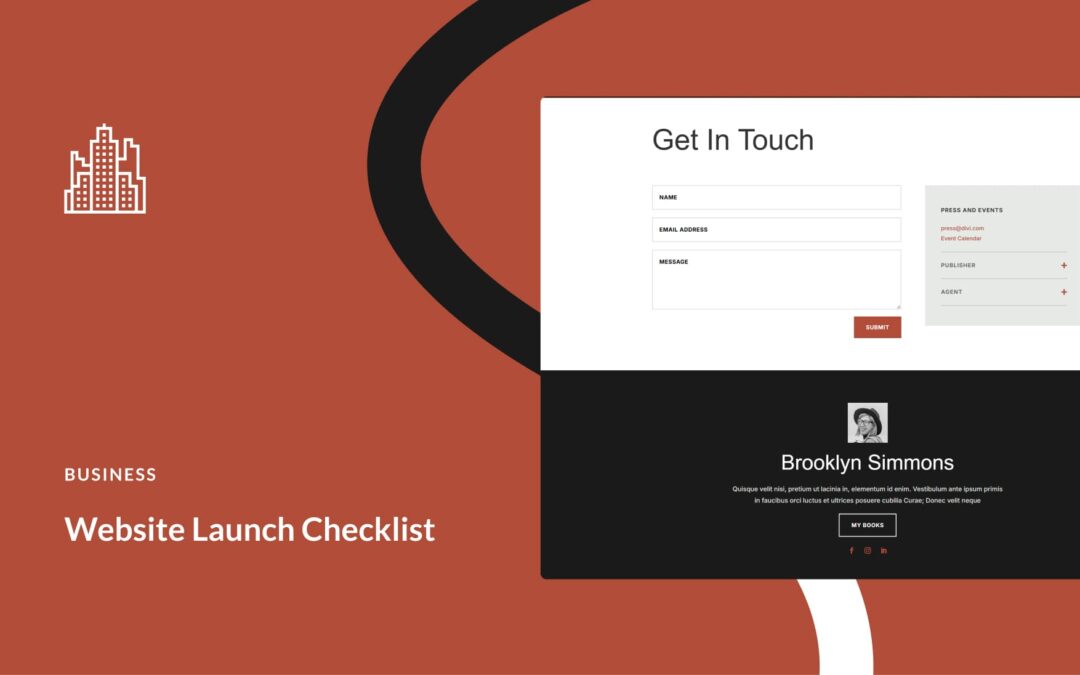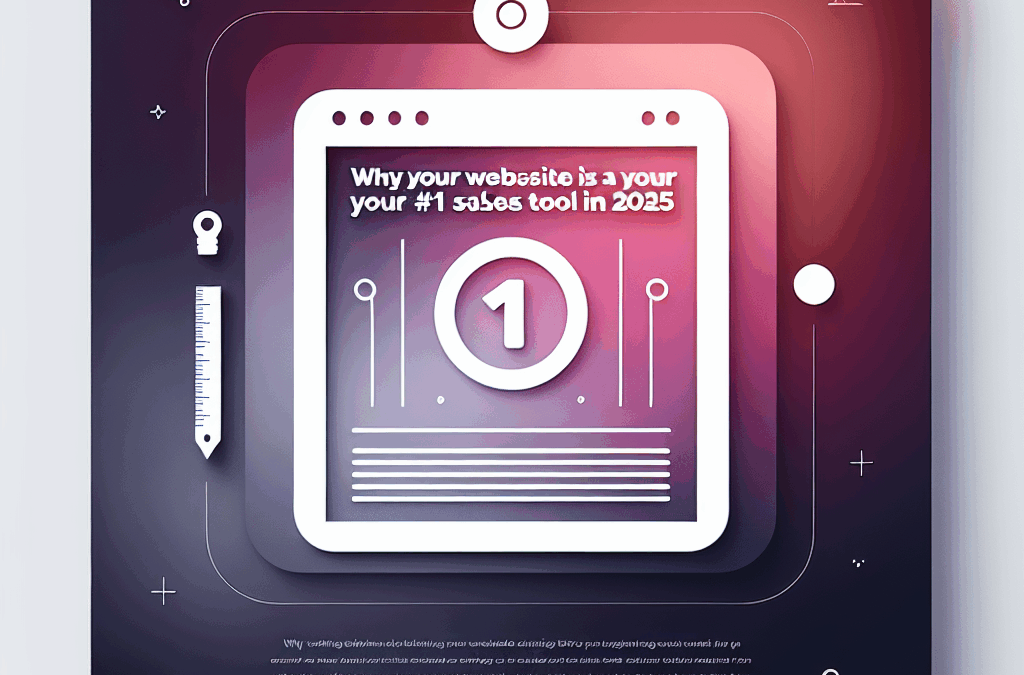The content on your website drives both your organic and paid traffic. It determines where you fall in the search ranks, and it establishes your credibility in the marketplace. Every article you write must be for two audiences: the general public, and the search engines. To reach the former, you must satisfy the latter, but how do you write content that ranks on Google?
Content That Improves Search Engine Ranking
Consider how you find things on Google. First, you search for a specific term and then scroll through the first few results that Google returns. Despite the fact that millions of results come back, it’s unlikely you will ever get through even 30 of them. The truth is that most people never make it past the second page of the search results.
Your website needs to be listed on the first two pages of search results for new clients to find you. While several factors come into play when determining rank, having relevant content weighs heavily. Google determines relevancy through the use of keywords placed throughout your content. So if you are not ranking on Google, you might need to reevaluate your content.
However, it goes even further than that. You have to include related search strings and phrases. Search engines link them together, as a means of measuring the value of your content. There are also format rules and writing tricks that increase your rank.
Why Formatting is Necessary
Google is not a person. It cannot subjectively determine which website is relevant and which one isn’t. Instead, Google uses an algorithm that searches for certain keywords and related phrases. From these, Google determines the purpose of your website. If your site content is properly categorized, sourced, and follows formatting rules, it can push you to the top of the search results.
How to Write Website Content That Ranks on Google
Google’s algorithm looks for keywords in specific places and uses them to determine the relevancy of your content. The accompanying text is used to decipher the meaning of your words.
For instance, “Play Station” relates to video games but “play station” can also refer to a preschool. “Play” is not accurate enough to let Google know if you are referring to the verb or a fine arts performance.
If you follow certain optimization tips, you stand a better chance of getting your meaning across. One trick is knowing where Google looks to find your keywords. If you have a WordPress site, then by all means, download the Yoast plugin. It will tell you EXACTLY what you need to do to write content that ranks on Google.
How to Use the Yoast Plugin
The Plugin evaluates your content for both SEO and readability. As you type, you will notice that little, colored lights appear to the right and bottom of your work.
- Green means you have met the Google’s requirements for SEO.
- Orange indicates that you satisfied most criteria, but you still need to fix a few things.
- Red means that there is a problem with your optimization.
At this point, things get pretty easy. Yoast lists out everything you need to fix to get content that ranks on Google. Go down the list and make their recommended changes until you see the lights on the upper right-hand portion of your screen turn green. Those markers indicate overall performance.
Please notice that there are two tabs. Often, people will concentrate on the SEO recommendations and skip the ones regarding “readability.” Both are necessary to write website content that helps you rank on Google.
Cornerstone Content
Yoast’s latest update lets you designate a piece as “cornerstone content.” Every website has its best pieces of writing or its most effective landing pages. They are usually longer in length and very informative. These pieces are considered to be cornerstone content.
If you designate them such in Yoast, then the plugin holds that particular piece of content to higher standards. Getting those little lights to turn green is going to be harder, and you will need to make sure your writing is top of the line.
Not every piece you publish needs to be cornerstone content. In fact, that actually might be off-putting to your clients. Instead, think of it as a pyramid. For every longer piece of in-depth writing, publish two shorter pieces that touch on the same theme and contain less detail. The kicker is to link them to your cornerstone content with hyperlinks. For those who want more information, it is just a click away. This architecture also increases the likelihood of having content that ranks on Google.
Basic Optimization Tips
- Include your keyword in the first paragraph of text. This strategy is crucial, or Google can’t categorize your material. Try to match your keyword to an established search string. Finding the right search string requires a bit of research but is worth the effort.
- It’s also a good idea to use that same keyword phrase in your last paragraph of text.
- Make your keyword part of your URL and the Title for that landing page.
- Incorporate it into the content as many times as possible without sounding awkward, but don’t stuff your content with keywords. Pay attention to the Yoast recommendations. They will let you know if you have too many or not enough keywords in your content.
- Try to use your keyword phrase in a list of bullet points and incorporate it into one of your subheadings.
- Add your keywords to the alt text on your images.
- Include them in your meta description.
- Include related terms within the body of the text.
By following a few SEO rules, you can write website content that ranks on Google and ranking is the first step in reaching your clients. Use the Yoast Plugin to help format your writing for SEO purposes. Another option is to hire an SEO writer to optimize your content.
SEO










